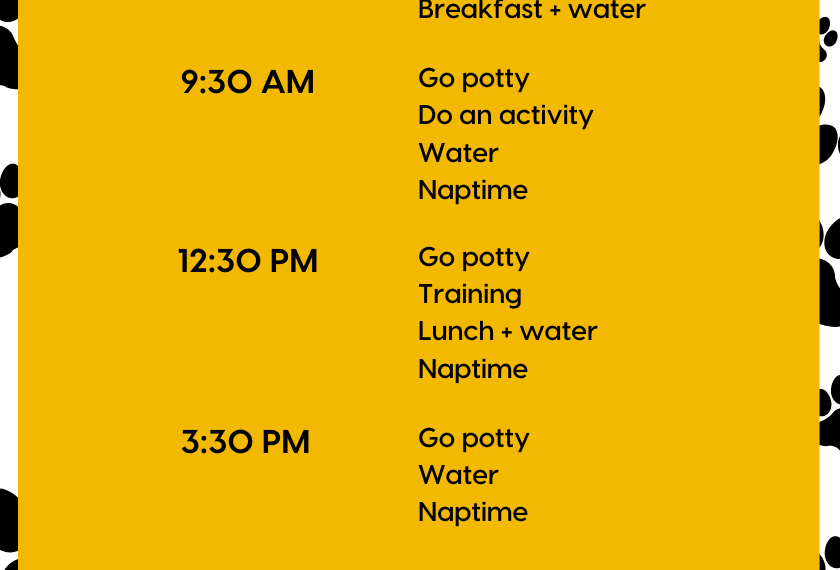“Training a dog is like building a house. You need a solid foundation of consistency and routine.” – Cesar Millan
Dog training is not just about teaching commands; it’s about establishing a routine that forms the backbone of your dog’s behavior and learning process. Consistency in dog training is paramount, influencing everything from obedience to socialization and overall well-being. In this article, we delve into the crucial aspects of establishing and maintaining a consistent training routine that ensures success for both you and your canine companion.
Understanding the Importance of Consistency
Consistency in dog training refers to the practice of maintaining uniformity in expectations, commands, rewards, and corrections. Dogs thrive on routine because it provides predictability and structure, which are essential for learning and behavior modification. Research shows that dogs trained with consistent routines exhibit higher levels of obedience and are better adjusted to various environments.
Key Elements of a Successful Training Routine
1. Establishing a Daily Schedule
A predictable daily schedule helps dogs anticipate activities such as feeding times, walks, training sessions, and rest periods. This structure reduces anxiety and encourages positive behavior.

2. Using Clear and Concise Commands
Consistency in commands ensures clarity for your dog. Use the same words and tones each time to reinforce learning and avoid confusion.

3. Rewarding Good Behavior
Positive reinforcement is a cornerstone of effective training. Consistently reward desirable behavior with treats, praise, or playtime to reinforce good habits.

4. Correcting Undesirable Behavior
Equally important is consistent correction of undesirable behavior. Use gentle but firm corrections to redirect behavior and maintain boundaries.

Challenges in Maintaining Consistency
Maintaining a consistent routine can be challenging, especially with busy schedules or when dealing with unexpected events. However, overcoming these challenges is crucial for long-term success in training your dog.
- Time Constraints: Allocate dedicated time daily for training sessions, even if they are brief.
- External Distractions: Minimize distractions during training to maintain focus and consistency.
- Family Consistency: Ensure everyone in the household follows the same routines and commands to avoid confusion for your dog.
Real-World Applications and Success Stories
Many dog owners have experienced significant improvements in their dogs’ behavior through consistent training routines. For instance, implementing a structured daily schedule helped reduce anxiety-related behaviors in rescue dogs, leading to quicker adoptions and happier homes.

Conclusion
Consistency in dog training is not merely a suggestion but a proven method to foster a strong bond and well-mannered behavior in your dog. By establishing and maintaining a consistent routine, you create a harmonious environment where your dog can thrive. Remember, each interaction is an opportunity to reinforce positive behaviors and shape a positive relationship with your furry companion.
In crafting a successful dog training routine, consistency truly is key.





















